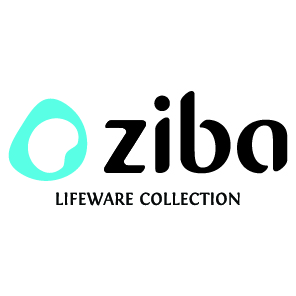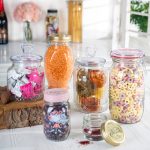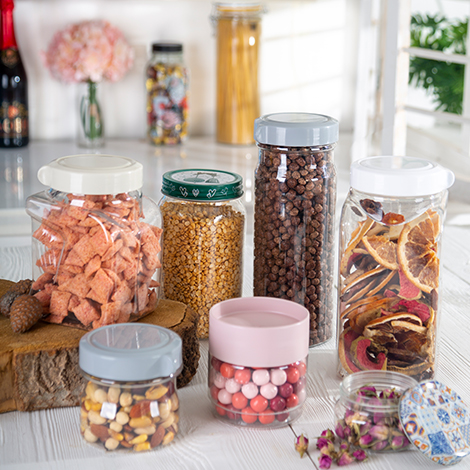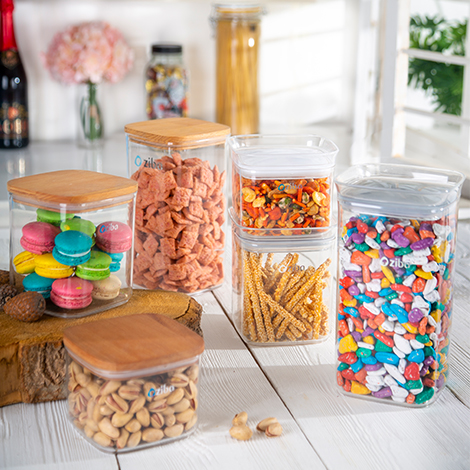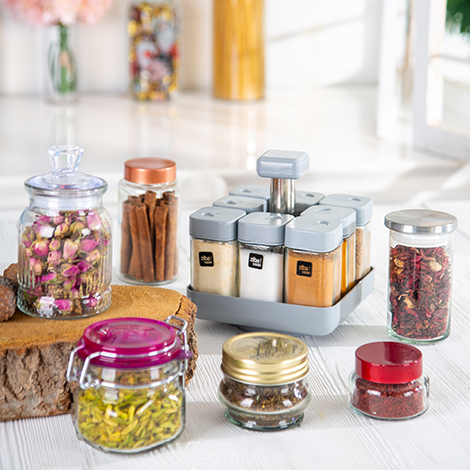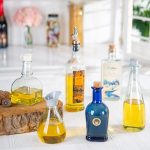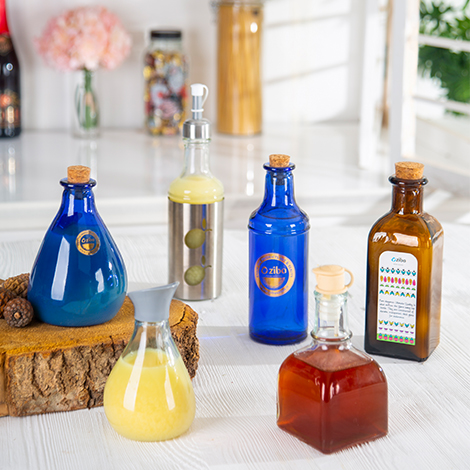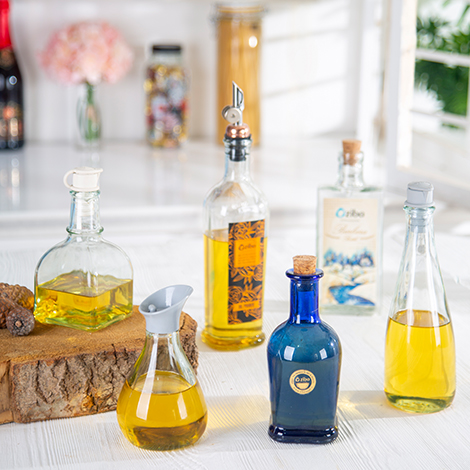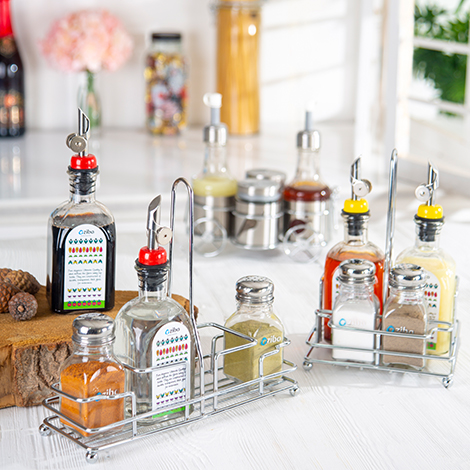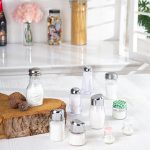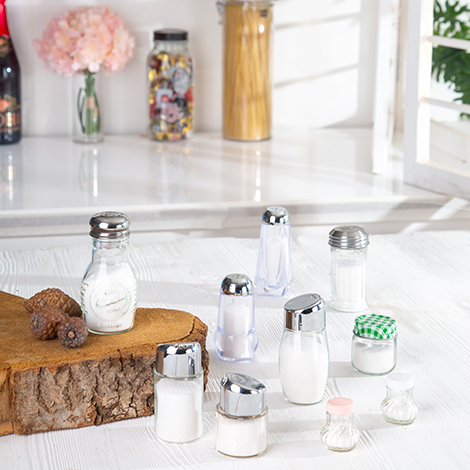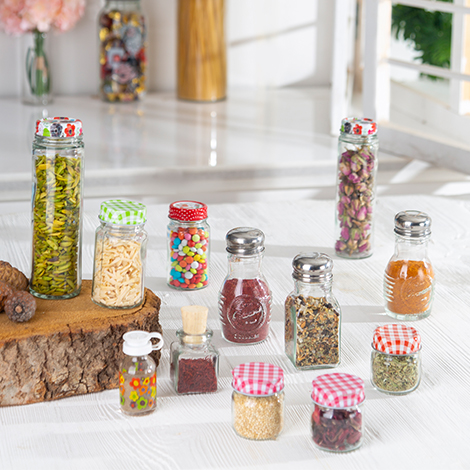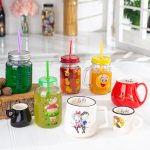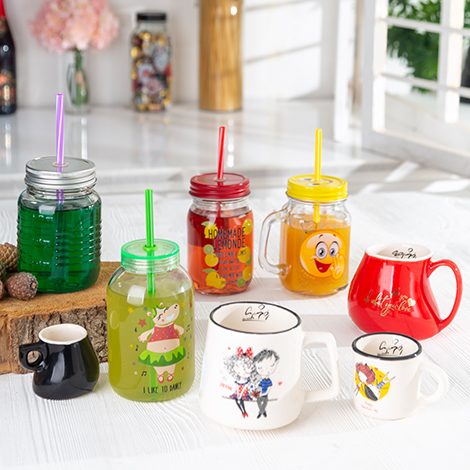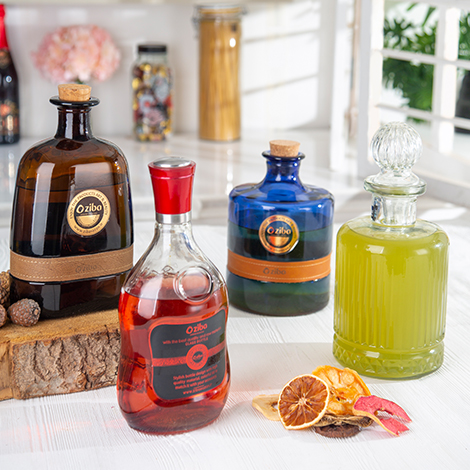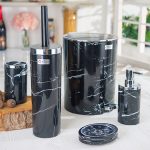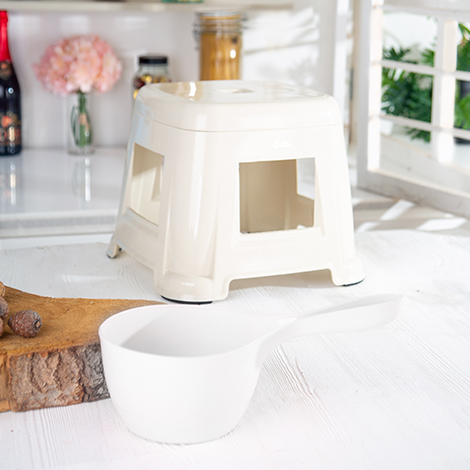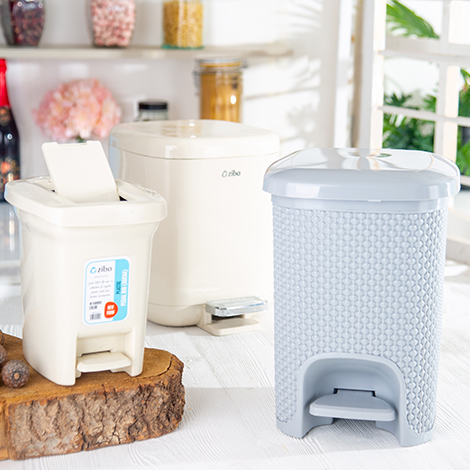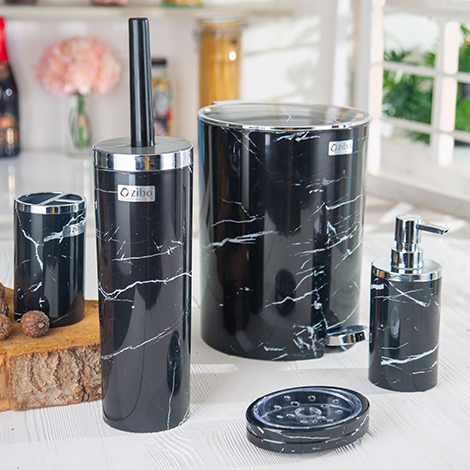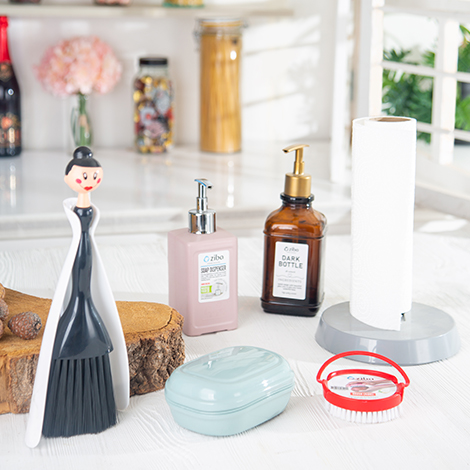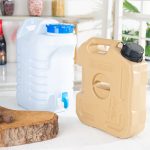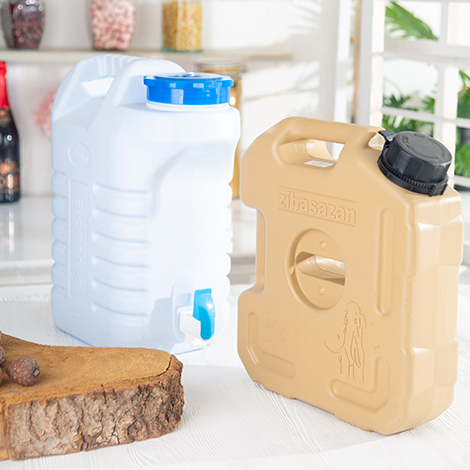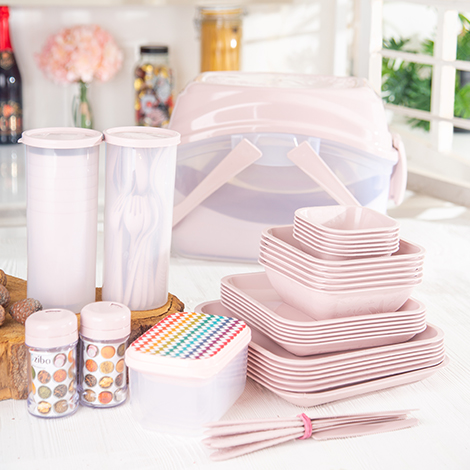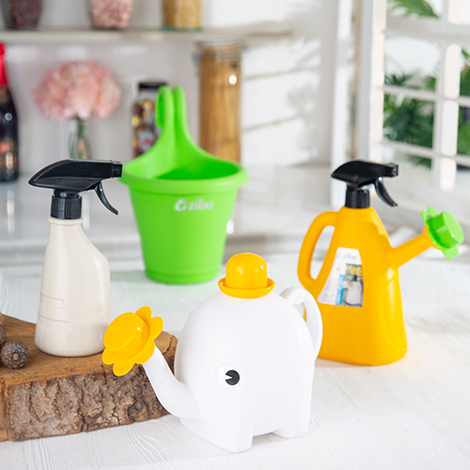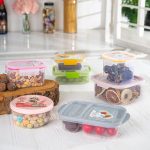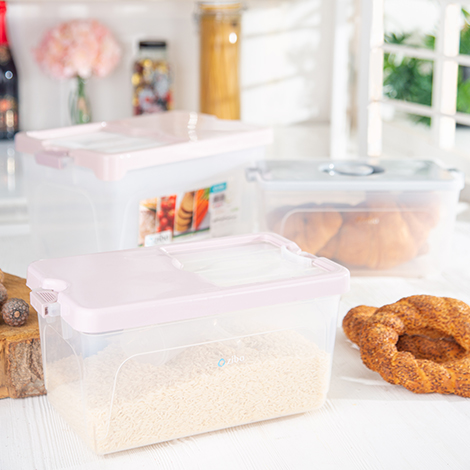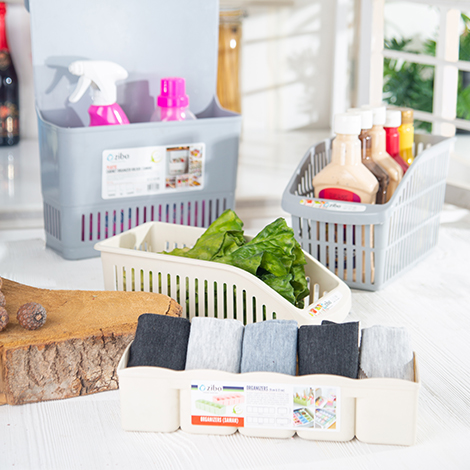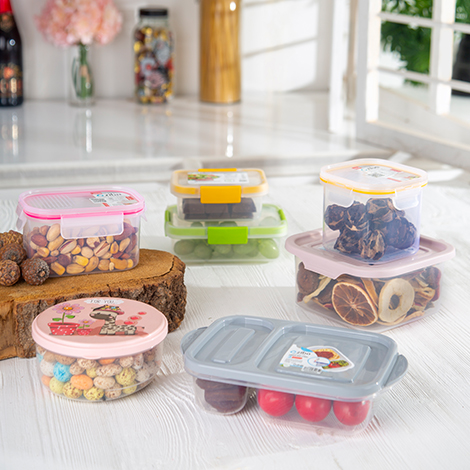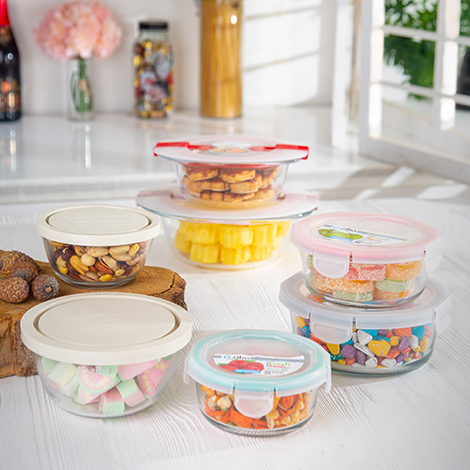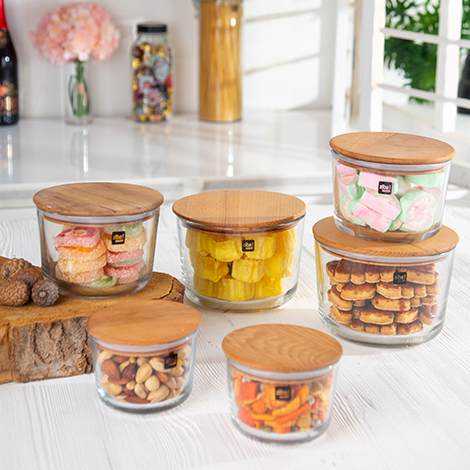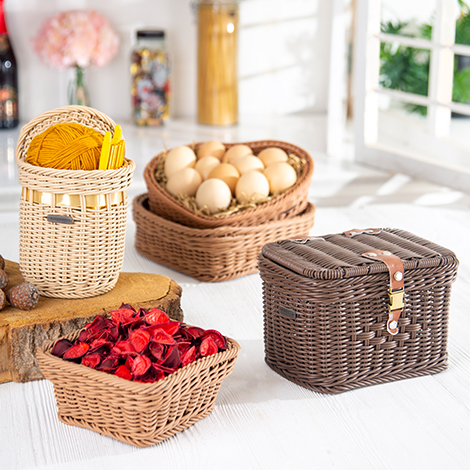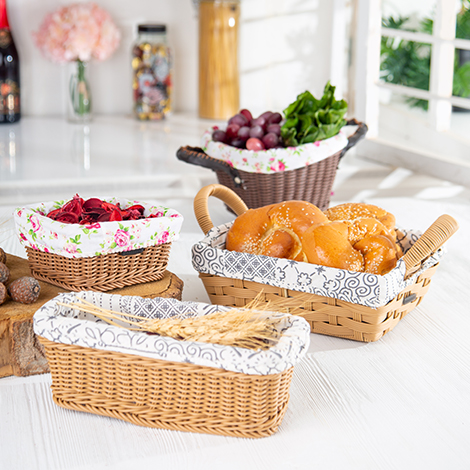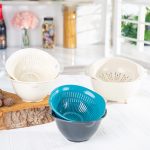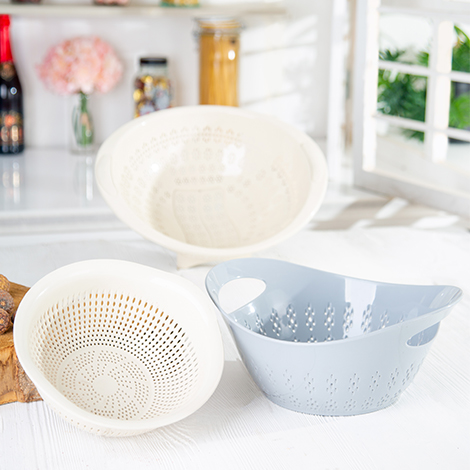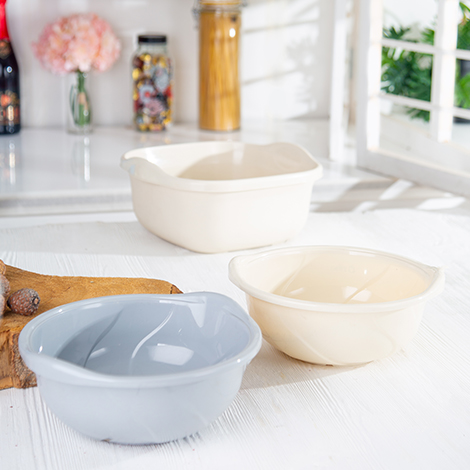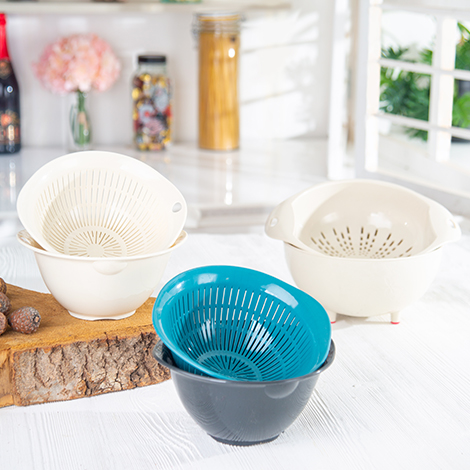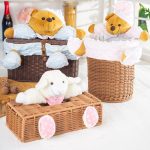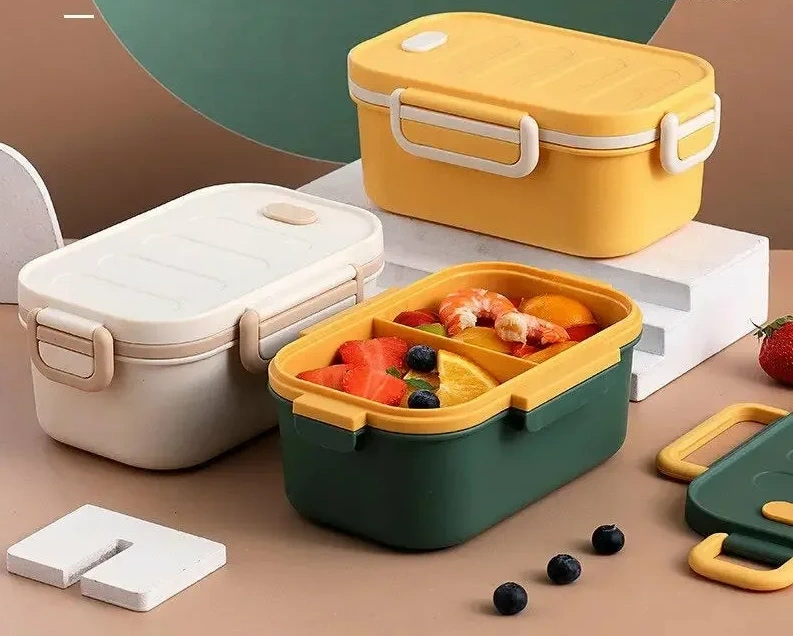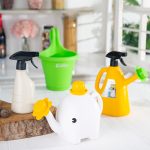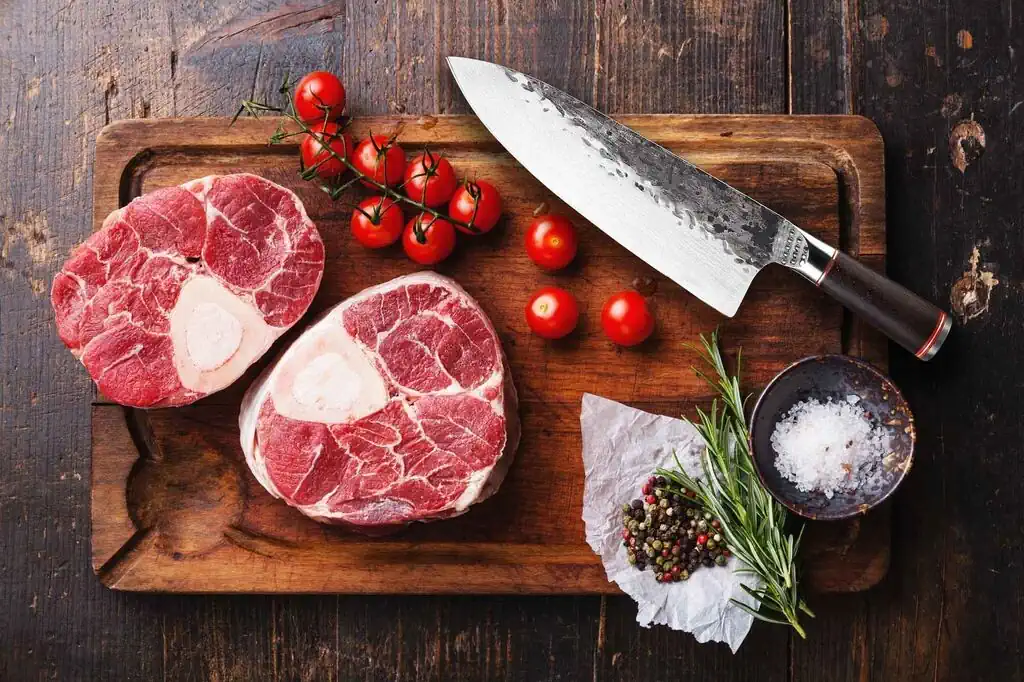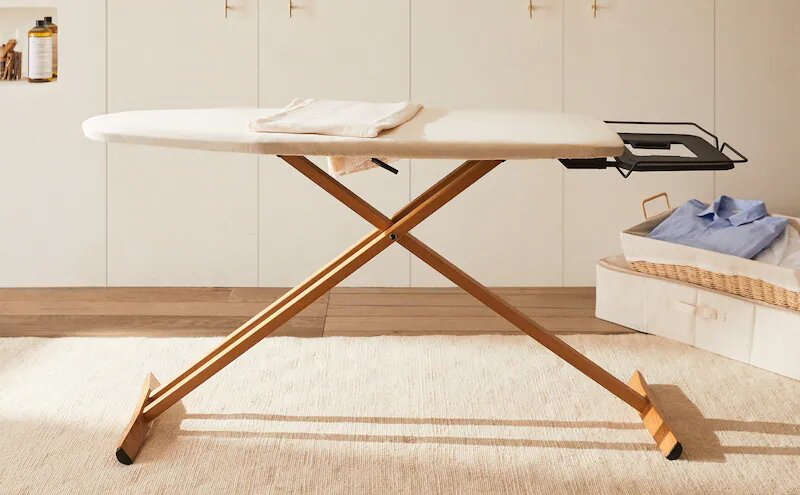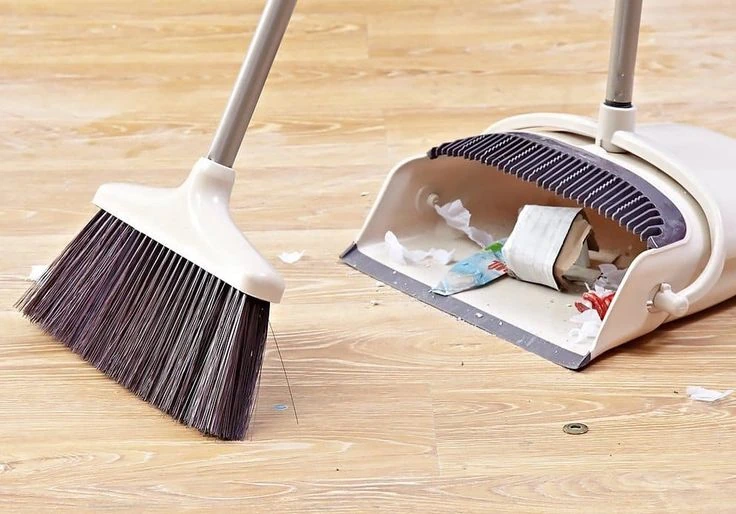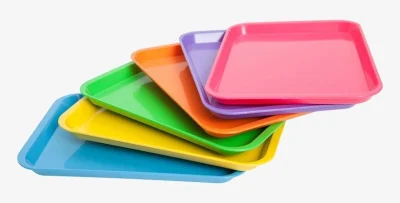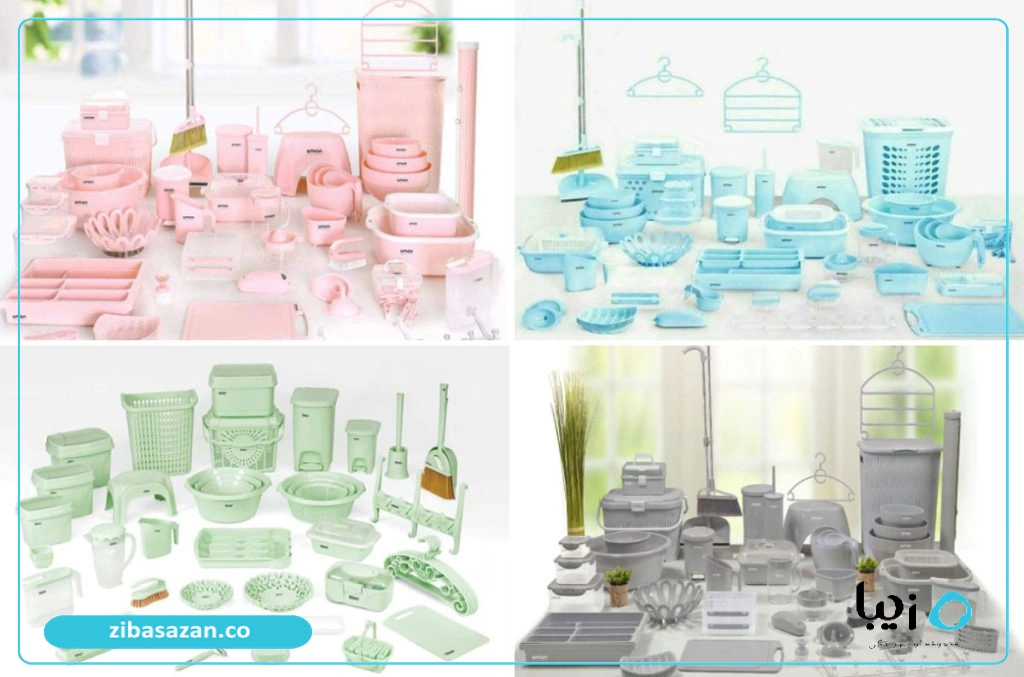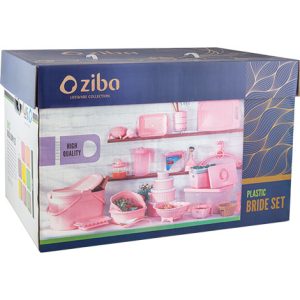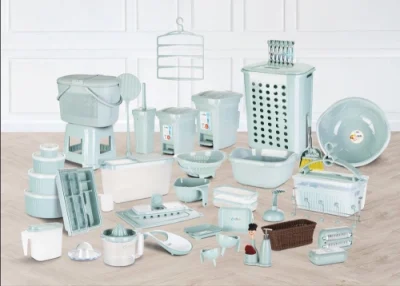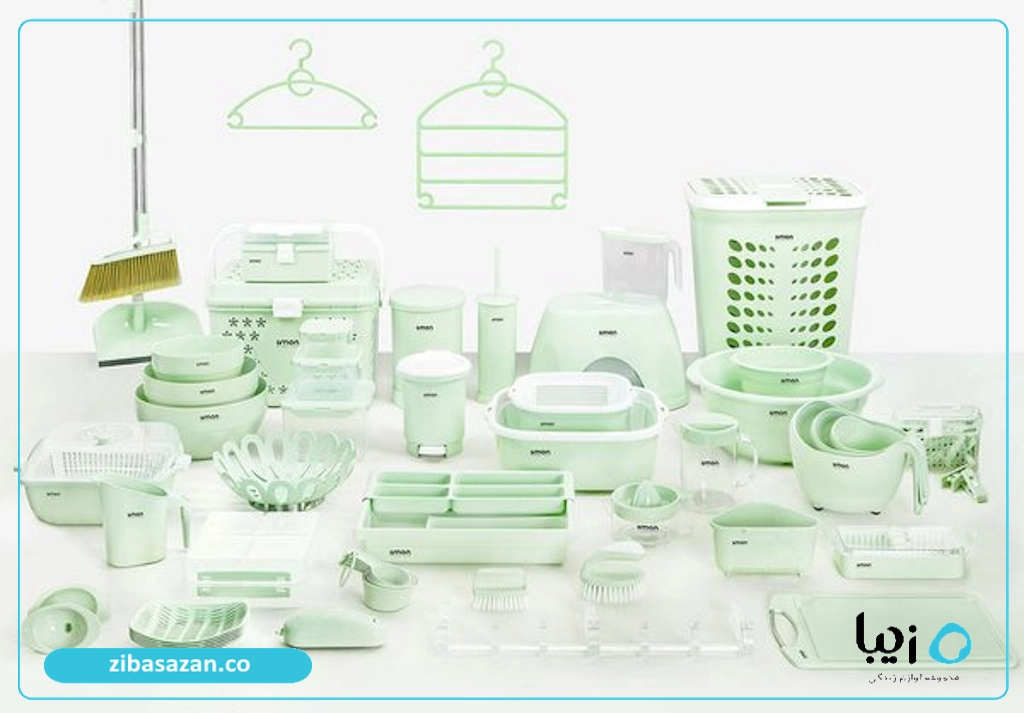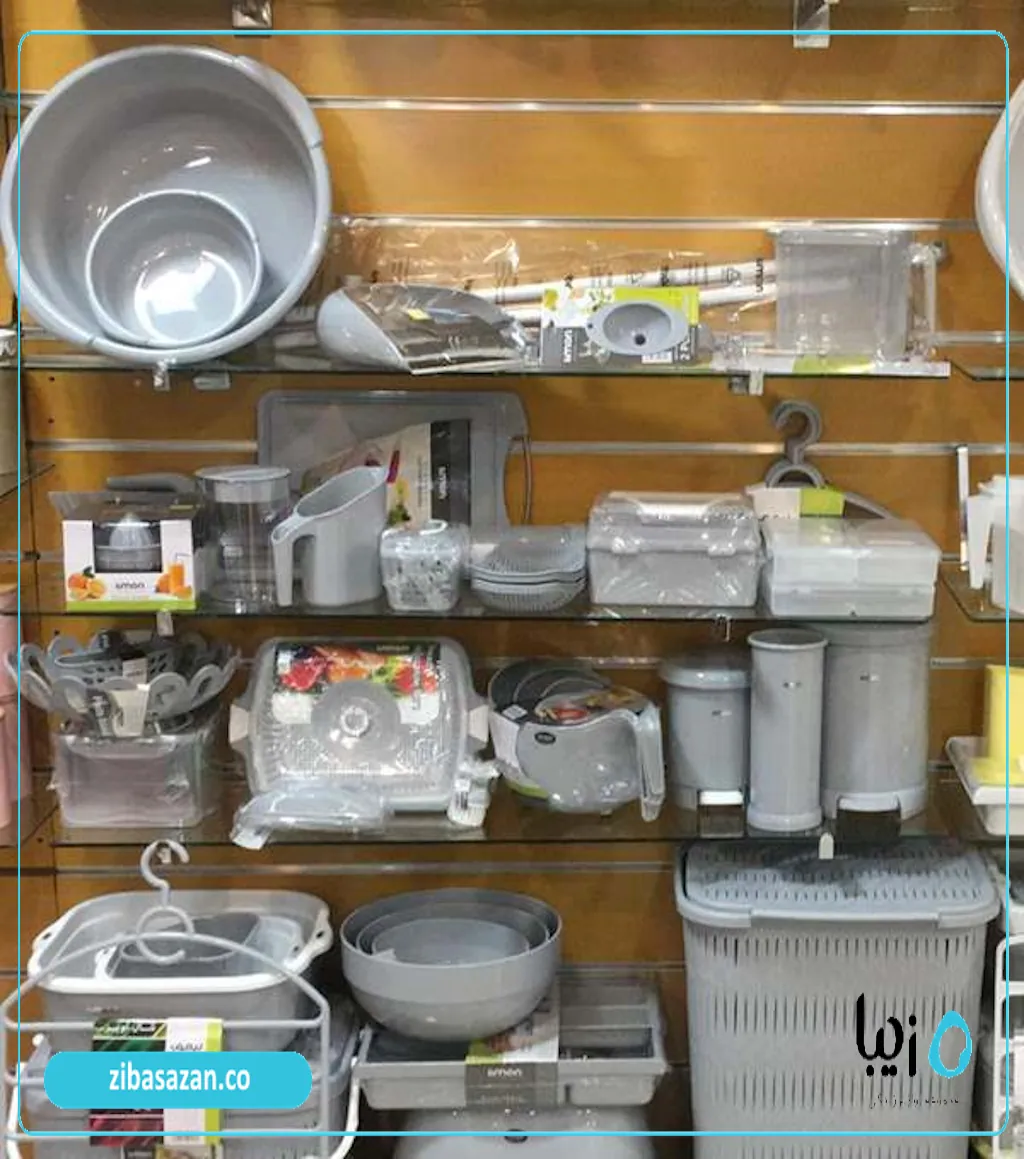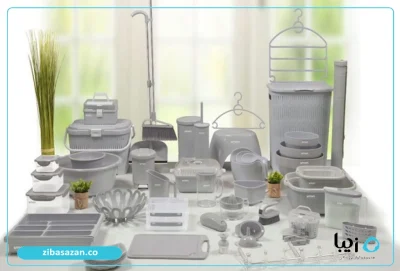In this article, we’ll provide you with essential information about the different materials used in plastic kitchenware sets. Imagine you’re preparing a bridal dowry for your beloved. Small yet significant details—like choosing the right plastic kitchenware—can make a big difference in everyday comfort and aesthetic appeal. But with the wide variety of materials and models available in today’s market, how can you make the best choice?
This comprehensive guide will help you understand the different types of plastic used in kitchenware, the pros and cons of each, and key tips for selecting a high-quality, durable set. Stay with us to discover the best material for your bridal plastic kitchenware set.
If you’re curious to learn more about plastic kitchenware materials, keep reading!
فهرست مطالب
- 1 Why Choosing the Right Plastic Material Matters
- 2 Common Types of Plastic Used in Kitchenware
- 3 Pros and Cons of Each Plastic Material
- 4 How to Choose the Best Plastic Kitchenware Material
- 5 Frequently Asked Questions
- 6 Iranian or foreign plastic set? Which is better for a dowry?
- 7 The effect of mug and cup material on a drink's taste: Can the container change the flavor?
- 8 Are Zibasazan Containers Really BPA-Free? A Scientific and Realistic Review
- 9 Baby Food Containers: Key Tips for Choosing Safe and Portable Ones
- 10 A complete guide to disinfecting and maintaining a toilet brush for a hygienic and odor-free home
Why Choosing the Right Plastic Material Matters
Selecting the right plastic material for a bridal kitchenware set goes beyond aesthetics. The type of plastic directly impacts durability, food safety, ease of cleaning, resistance to heat and chemicals, and overall lifespan. A smart choice can offer years of satisfaction, while the wrong one may lead to extra costs and disappointment.
Common Types of Plastic Used in Kitchenware
Today’s kitchenware sets are made from a variety of plastic materials. Understanding these materials and their properties will help you make an informed decision. Here are the most common types:
Polyethylene (PE)
Polyethylene is one of the most widely used plastics in household products due to its flexibility, impact resistance, and affordability.
Also read: How to Make Your Bridal Plastic Kitchenware Last: 7 Simple Care Tips
High-Density Polyethylene (HDPE)
A tougher, more rigid form of polyethylene, HDPE is commonly used in food storage containers, bottles, and parts of kitchenware sets. It stands out for its resistance to chemicals and moisture.
Low-Density Polyethylene (LDPE)
LDPE is softer and more flexible than HDPE. It’s often used in plastic bags, wrap films, and flexible containers. It’s less common in main components of bridal kitchenware sets.
Polypropylene (PP)
Known for its resistance to heat, chemicals, and abrasion, polypropylene is ideal for containers meant to hold warm food and for microwave use—just be sure to check for a microwave-safe label.
Also read: Must-Know Tips Before Buying a Plastic Organizer!
Polypropylene Copolymer
This variant offers enhanced resistance to impact and cracking, making it suitable for more heavy-duty kitchenware products.
Polystyrene (PS)
Polystyrene is a hard, brittle plastic often used in disposable containers, packaging foams, and some decorative kitchenware elements. It has limited resistance to heat and chemicals.
High-Impact Polystyrene (HIPS)
HIPS is polystyrene blended with rubber for added impact resistance. It’s used in home appliances and internal refrigerator parts.
Acrylonitrile Butadiene Styrene (ABS)
ABS is a tough, high-performance plastic made from three monomers. It boasts excellent strength, impact resistance, heat tolerance, and a glossy finish. It’s used in premium containers, electronics, and even automotive parts.
Also read: Small Kitchen? These Drawer Organizers Are Perfect for You!
Polycarbonate (PC)
A transparent plastic known for its incredible toughness and heat resistance, polycarbonate is used in baby bottles, eyeglass lenses, and specialty kitchenware. However, some types may contain BPA, so always look for the “BPA-free” label.
Thermoplastic Elastomer (TPE)
TPEs are flexible, rubber-like plastics that can be molded like conventional plastic. They’re commonly used in lids, gaskets, and other soft parts of kitchenware sets.
Pros and Cons of Each Plastic Material
| Material | Advantages | Disadvantages | Common Uses in Bridal Kitchenware |
|---|---|---|---|
| Polyethylene (PE) | Affordable, flexible, impact-resistant (especially HDPE) | Lower resistance to heat and scratches | Storage containers, baskets, some bowls |
| Polypropylene (PP) | Heat & chemical resistant, microwave-safe | May become brittle upon impact | Warm food storage, bowls, colanders |
| Polystyrene (PS) | Low cost, transparent | Brittle, poor resistance to heat and chemicals | Disposable dishes (rarely used in core sets) |
| ABS | Very strong, impact & heat resistant, glossy finish | Higher price compared to other plastics | Durable, premium containers |
| Polycarbonate (PC) | High transparency, excellent impact & heat resistance | Potential BPA content (check for “BPA-free” label), expensive | Bottles, specialty containers |
| TPE | Flexible, soft, adds grip to lids | Limited heat resistance | Lids, gaskets |
How to Choose the Best Plastic Kitchenware Material
When selecting the right plastic kitchenware set for a bridal dowry, keep the following in mind:
- Intended Use: Identify how each piece will be used. For example, food containers should be non-reactive and easy to clean. Items intended for microwave use must be heat-resistant.
- Health Standards: Make sure the plastic is certified safe for food contact. Look for labels such as “Food Grade” or “Suitable for Food Contact.”
- Durability: Choose materials that can withstand frequent use, temperature changes, and physical stress. Bridal sets are often used for years, so longevity is key.
- Ease of Cleaning: Select plastics with smooth, non-porous surfaces that are dishwasher-safe for easy maintenance.
- Heat Safety: If you plan to microwave plastic items, check for the microwave-safe symbol (often depicted with wavy lines) and follow temperature guidelines.
- BPA Awareness: BPA is a chemical linked to potential health risks. Always choose BPA-free containers, especially for food and drink storage.
- Price: Prices vary based on material, brand, quality, and set size. Compare options within your budget to make the most balanced choice.
Also read: Plastic Bowl Buying Guide: Choosing the Perfect Bowl for Every Need
Frequently Asked Questions
Is it harmful to store hot food in plastic containers?
Yes, if the container is not heat-resistant or food-safe, hot food can cause the plastic to release harmful chemicals into your meal.
Also read: Post-Party Storage Ideas: How to Store Food Beautifully in Wooden-Lid Bowls
How can I tell if a plastic container is microwave-safe?
Look for the microwave-safe symbol on the bottom or side of the container—typically represented by wavy lines.
Choosing the right plastic material for your bridal kitchenware set is a crucial decision that requires understanding the different types of plastics, their benefits, limitations, and usage tips. We hope this detailed guide has helped you feel more confident in selecting a high-quality, long-lasting set for your new home. Remember, smart choices and attention to detail lead to long-term satisfaction and functionality.
